A. BRAKE WARNING SYSTEM
The indicator lamp, which indicates a problem with the brake system, is usually red (depending on the vehicle model) to indicate an emergency risk, a potential unfavorable situation in the overall safety of the vehicle. When this lamp is lit, it must be taken into account, not ignored.
The problem, according to the survey mentioned below, is that almost half of the people on the road are unaware of this risk and do not respond appropriately as a result.
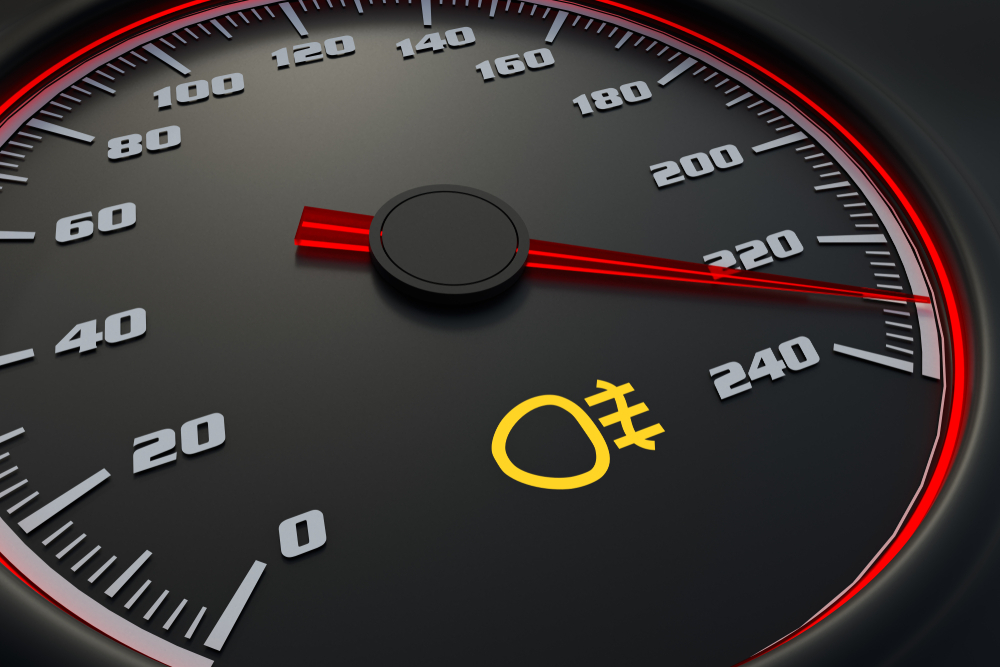
Tire pressure warning – Stabilize the Speed -Brake system warning - Fog lamps on
MANY DRIVERS CAN'T RECOGNIZE THE VITAL INDICATOR WARNING LIGHTS
According to a survey of 2000 drivers recently asked to identify the 10 most common indicator lights, nearly half of respondents could not say what it means when their car's tire pressure or brake system light flashes. Surprisingly, 17% of respondents did not even know what the low fuel light meant.
ANKET SONUÇLARI*:
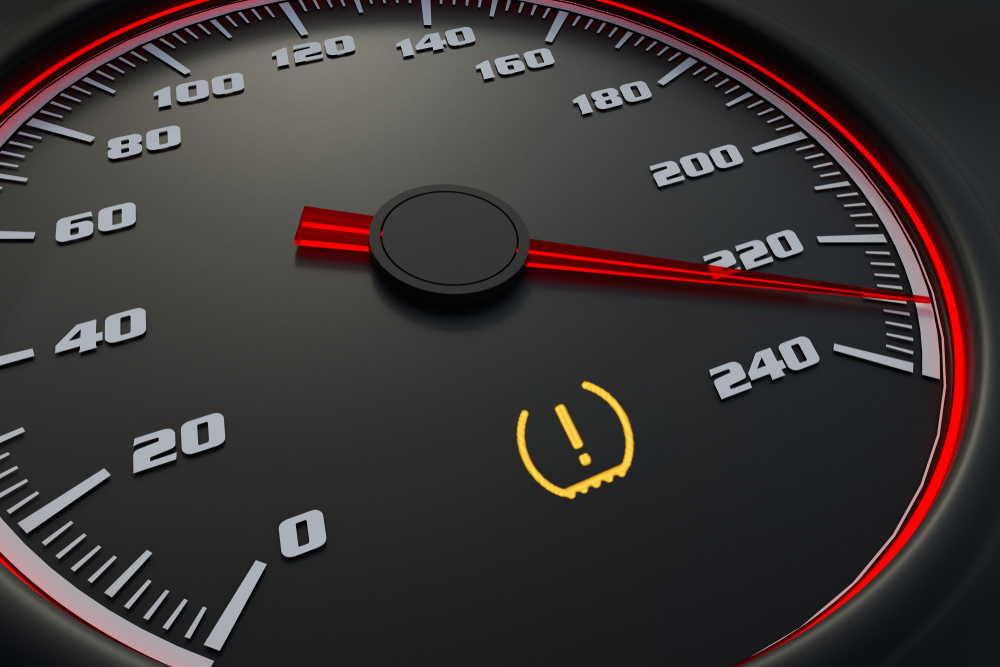
Tire pressure warning 49%
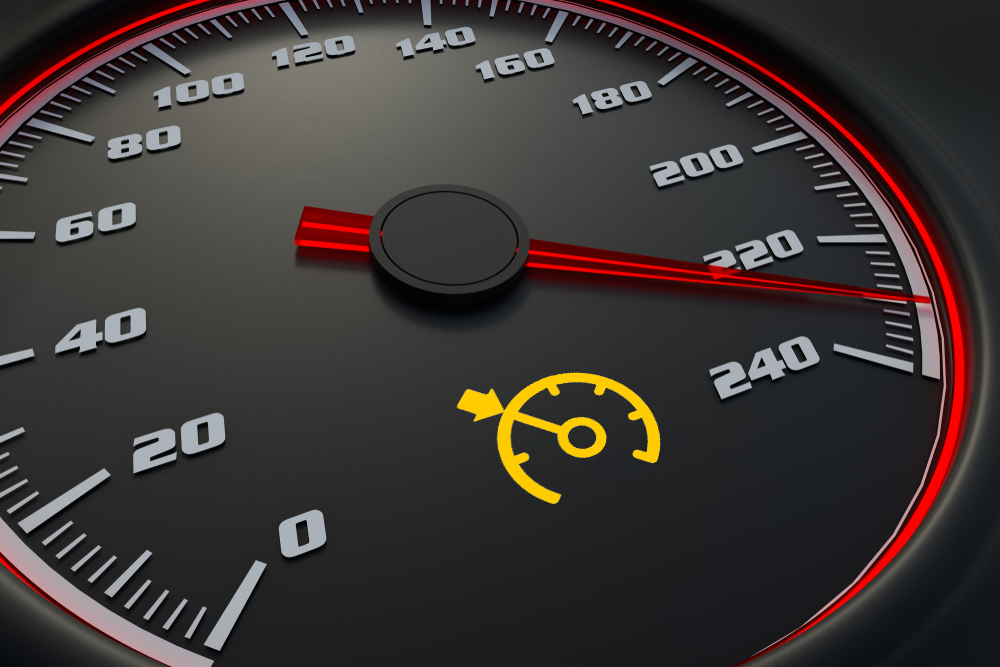
Stabilize the Speed 42%
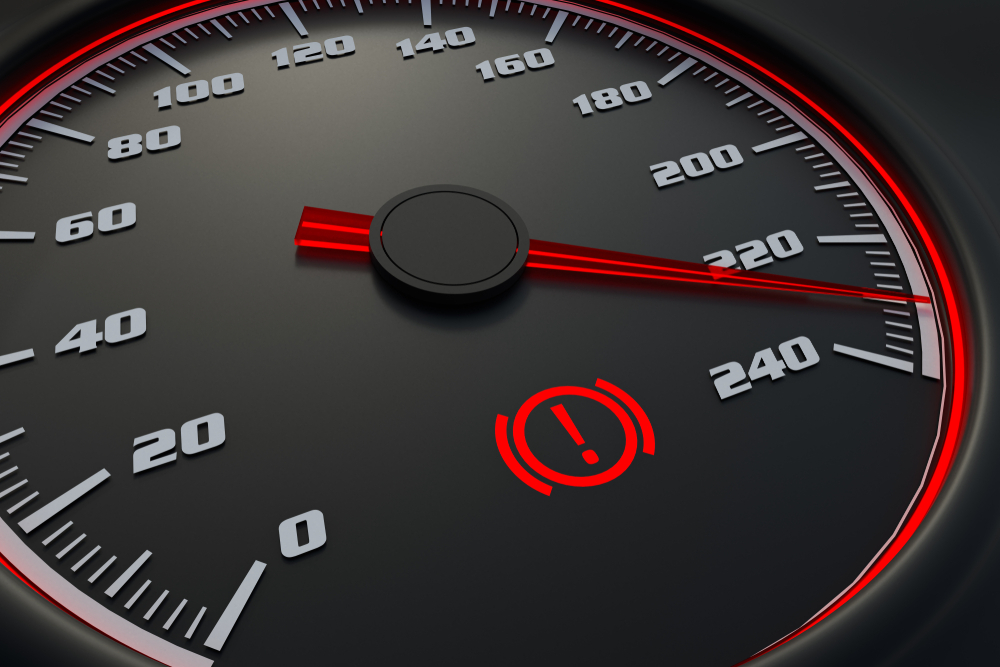
Brake system warning 46%
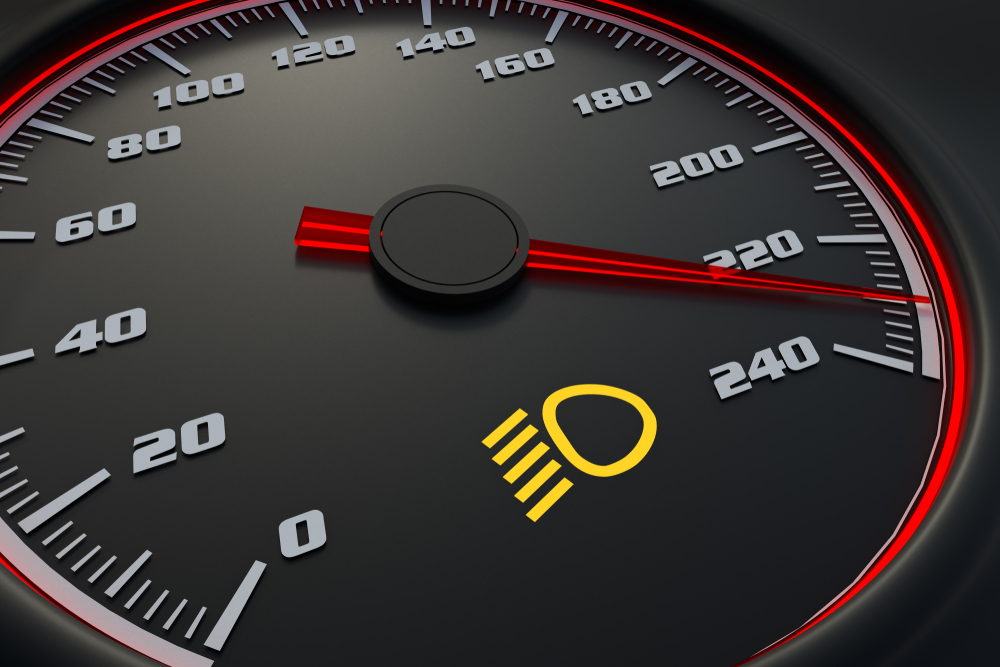
Fog lamps turned on 40%
Percentage of 2000 respondents who could not recognize the relevant warning lamp.
B. THE MOST COMMON SITUATIONS CAUSED BRAKE SYSTEM WARNING LIGHT BLINKING
BRAKE FLUID UNDER MINIMUM LEVEL
RISK
• This will increase the risk of making air.
WHAT TO DO
• In case of steam throttling, go to brake efficiency.
BRAKE PADS THICKNESS UNDER MINIMUM LEVEL
RISK
Over time, this can cause the brake pad substrate to come into contact with the brake disc and eventually (in the worst case scenario) the backing plate to come into contact with the brake disc.
WHAT TO DO
Check the thickness of the brake pad and replace if necessary:
• Loud noise when applying brake pressure
• Serious damage to the brake disc surface, from the steel back plate to the cast brake disc
• If the vehicle pulls to one side due to uneven braking effect on both sides of an axle
INCORRECT READING DUE TO A PROBLEM IN A SECTION OF THE BRAKE SYSTEM (EG ABS)
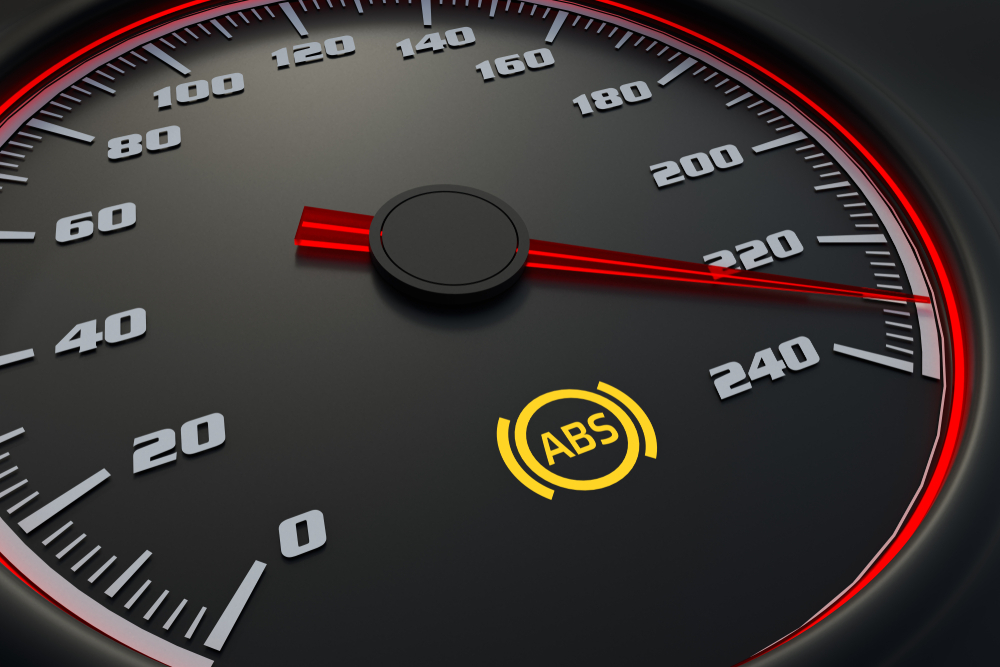
RISK
A worn or broken ABS gear can produce a false signal from the driveshaft or tire bearing. In case of corrosion under the sensor mounting points, the sensor will be forced close to the ABS ring,
WHAT TO DO
Check the ABS system completely for risk of wear or broken gears and replace if necessary
FALSE ALARM CAUSED BY OVERSENSITIVE BRAKE WARNING SYSTEM
RISK
Even if the pads and their associated wear sensors are replaced, the indicator warning lamp continues to flash.
WHAT TO DO
1. Depress the brake pedal several times to ensure that there is contact between the brake pads and the brake discs.
2. Turn off the indicator for a few seconds.
3. Turn the indicator back on and check if the lamp remains on
If the brake warning light is still on, seek support and/or expert advice.
Such false alarms are common on some brands and models.
IMPORTANT: some models have a “dual-stage” wear indicator of 70% and 100%.

